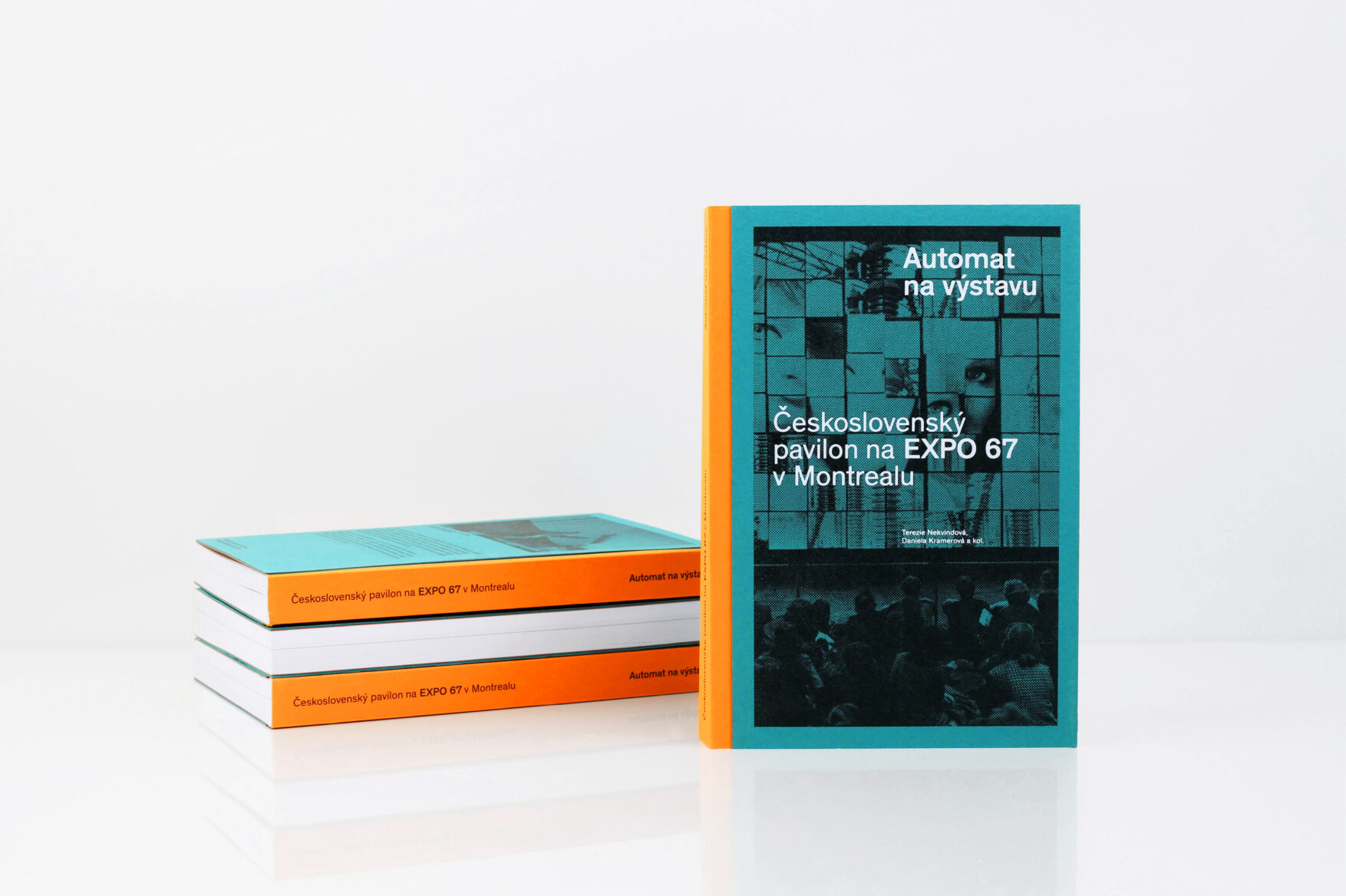Vending machine for an exhibition: The Czechoslovak Pavilion at Expo 67 in Montreal
Terezie Nekvindová, Daniela Kramerová


This, the first monograph devoted to the pavilion of the Czechoslovak Socialist Republic at Expo 67, is being published to accompany an exhibition of the same name in Cheb. Martin Bernátek, Vladimíra Büngerová, Daniela Kramerová, Henrieta Moravčíková, Terezie Nekvindová, Martin Strakoš and Marta Sylvestrová offer a critical evaluation of the Czechoslovak contribution from the point of view of exhibition management, architecture, audiovisual exhibits, and questions surrounding Czech-Slovak relations. The world fair in Montreal in 1967 was the second of the trio of Czechoslovak post-war presentations at world expos and followed in the wake of Expo 58 in Brussels. Expo 67, something between art, architecture and crafts, heralded the contemporary form of exhibition in terms of its internationalism, its status as spectacle, the masses who visited it, and its firm anchorage in a political, economic and social background. The title Automat na výstavu is evocative of the highlight of the Czechoslovak pavilion, namely an interactive cinema called the Kinoautomat (Cinema vending machine), as well as the generally held faith in automation as a symbol of the modern world. Above all, however, the title is a metaphor for the circumstances under which the Czechoslovak contribution was created: Expo 67 became a kind of measure by which the quality of exhibitions and expositions was judged, though also a symptom of a production-line approach that led to degradation and disintegration.